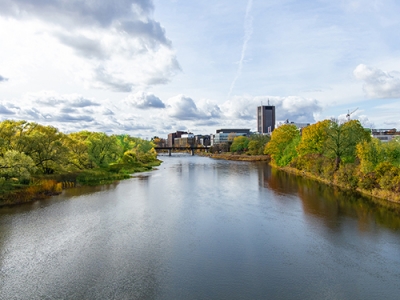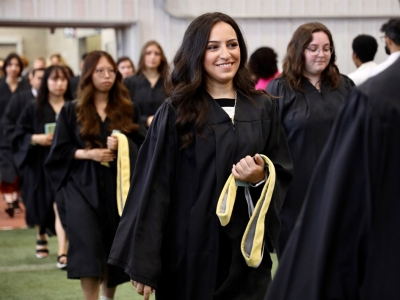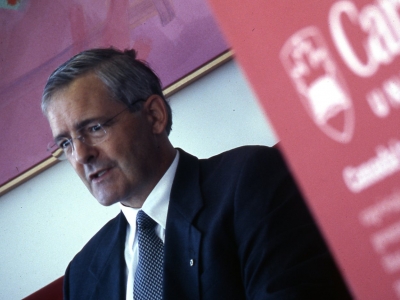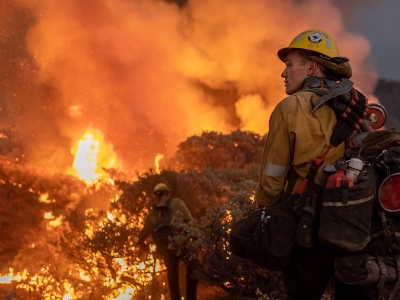By Lucy Juneau
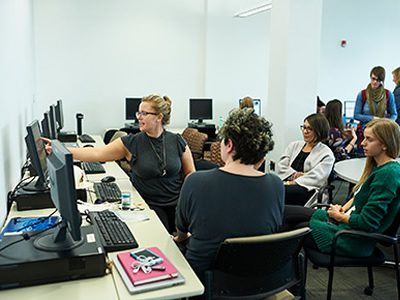 Kahente Horn-Miller, professor in the school of Indigenous and Canadian Studies at Carleton University, is breaking down traditional learning structures in her master’s level course, Indigenous Politics and Resurgence.
Kahente Horn-Miller, professor in the school of Indigenous and Canadian Studies at Carleton University, is breaking down traditional learning structures in her master’s level course, Indigenous Politics and Resurgence.
Instead of writing typical essays, students in this course develop multimedia websites, digging deeply into different forms of Indigenous resurgence, which the class defined as asserting Indigenous worldviews that are fluid yet connected to ancestral ways of knowing.
“I really loved this course and this project,” said Garth Roussel. “Completing a paper that just sits in a library doesn’t have much impact. This is completely different and I won’t easily forget this experience.”
Placed into groups at the beginning of term, classmates work together for the entire semester to develop interactive online projects which they showcase publicly upon completing them.
“Students are so tech savvy now, I want to allow them to use knowledge they’ve gained in the online environment because they’re more comfortable with that,” says Horn-Miller. “Unlike a paper, they can take these online portfolios and show them to future employers. These are marketable skills.”
Horn-Miller explicitly told students she didn’t want to see an essay online. For her, this course is about representing information with all senses. Whether it’s through video, audio or photos, she tries to ensure students present information in the most effective manner – other than written text alone.
“As Indigenous people, we’re using all of our senses to live in the world, so I’m trying to get students to do the same in the online environment,” says Horn-Miller.
The class, in itself, is a form of resurgence. A multimedia platform makes the information more accessible to a wider audience. Some people may find academic text intimidating to read.
“What’s truly great about these projects is they speak to more people with all the different formats,” says student Avery Steed. “It’s more accessible and that’s a component to Indigenous resurgence that I really value,”
Each project took complex theories and translated them into understandable content through various avenues.
“I’m stunned at the degree and depth of the work students have done here,’’ says Carleton President Alastair Summerlee. “The common threads running through the idea of Indigenous resurgence, but expressed in such different ways, is really quite moving,”
The lessons in this classroom go beyond theoretical knowledge. The main goal for Horn-Miller is building a community within the classroom.
“I’m always thinking: How do I incorporate what Indigenous people do in our communities and what’s important to us and bring it into the classroom,” says Horn-Miller. “In large classroom settings, it’s difficult to create a community with the students, but with the graduate level, you can.”
Other projects themed around Indigenous resurgence included Métis beadwork, reclaiming public space through art, Indigenous law, healing circles and land-based education.
The projects can be viewed at Carleton.ca/resurgence.
Tuesday, January 2, 2018 in News Releases
Share: Twitter, Facebook
